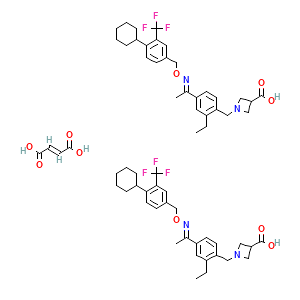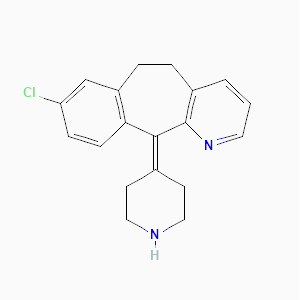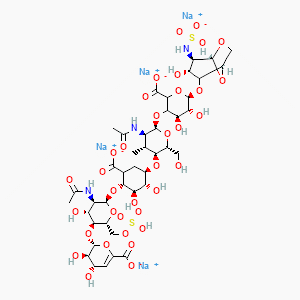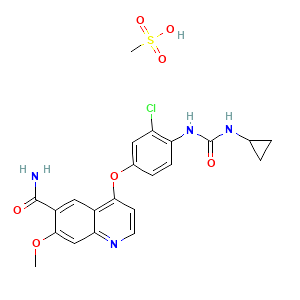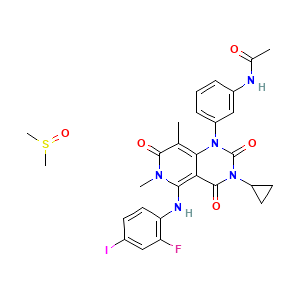Mechanism Of Action:
Siponimod works through a mechanism of action as a selective modulator of sphingosine 1-phosphate receptors (S1P). Specifically, it binds to S1P subtypes 1 and 5, acting as a functional antagonist. By binding to S1P1, it triggers the internalization and degradation of the receptor in T and B cells. This mechanism helps regulate the function of these cells and contributes to the therapeutic effects of siponimod.
Indication:
Multiple Sclerosis
The treatment of relapsing forms of multiple sclerosis (MS), which encompass clinically isolated syndrome, relapsing-remitting disease, and active secondary progressive disease, involves the use of various disease-modifying therapies. Siponimod is among these therapies and is utilized in the management of relapsing forms of MS. While these treatments do not offer a cure for MS, they have demonstrated effectiveness in modifying several indicators of disease activity, such as reducing relapse rates, preventing the formation of new or enhancing MRI lesions, and slowing down disability progression.

